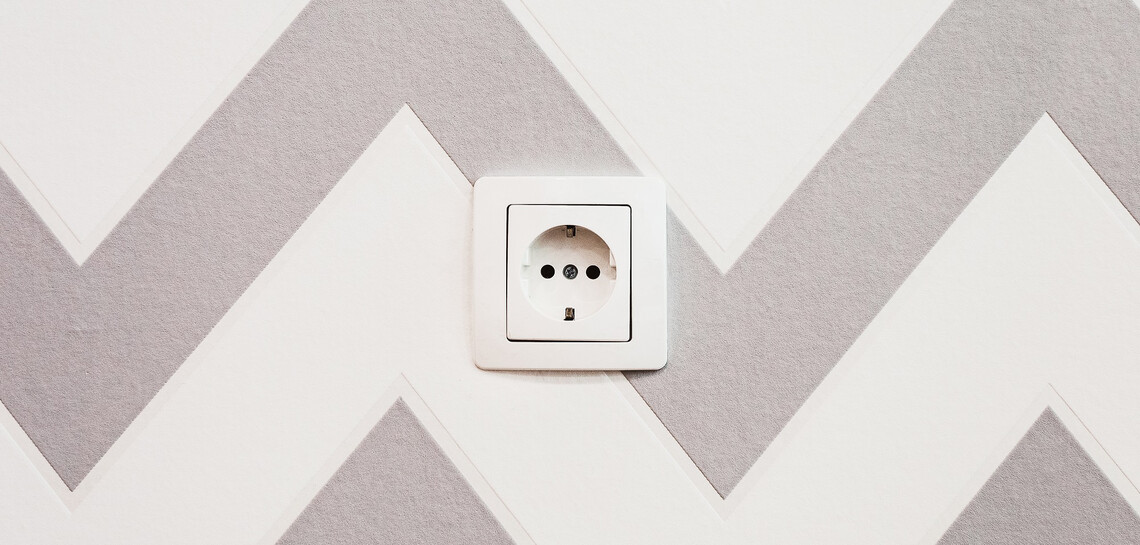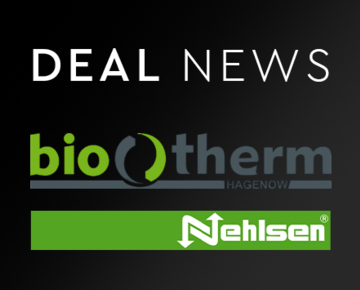The customs administration has made the new official forms for the calendar year 2018 available at www.zoll.de. Compared to the previous year, there have been a large number of changes.
Relief applications for the manufacturing industry
A new materiality limit was introduced in the official form 1402 describing the economic activities for classification as manufacturing industry. Under certain circumstances, it may not be necessary to determine the centre of economic activities in accordance with item 3.3. The prerequisite is that the applicant company carries out activities that are not exclusively attributable to the manufacturing industry or agriculture and forestry. However, the activities of the other non-privileged sections (e.g. section G or section K) are less than 5% overall. The overall assessment must be based on one of the figures in § 15 (4) StromStV (Electricity Tax Ordinance), i.e. the number of employees per activity, the sales generated by the individual activities, the value added shares of the individual activities or the gross value added shares at basic prices of the individual activities. In case of doubt, the main customs office may require an assignment according to item 3.3.
In its judgment of 25 September 2013, VII R 64/11, the Federal Fiscal Court (BFH) ruled that a tax relief is excluded for the quantities of electricity used on the premises by employees of another, legally independent company to fulfil a service contract concluded with this company. In accordance with the BFH judgement of 18 March 2014, VII R 12/13 (NV), a tax concession is also to be excluded for the quantities of electricity paid to a legally independent group company controlled by a manufacturing company.
In the case of tax relief for companies in the manufacturing industry pursuant to §§ 9a, 9b, 10 StromStG (Electricity Tax Act) and §§ 51, 54, 55 EnergieStG (Energy Tax Act), it must now be expressly confirmed in the official pre-prints under point 6 by ticking the box that the electricity to be favoured or the energy products to be relieved were not used by a third party.
In accordance with the explanations of the forms, the query refers in particular to transmissions of electricity and energy products to commissioned companies, such as operating management companies and service contract companies. Regardless of whether this company is part of the group of companies or the controlled company, it is based on the smallest legally independent unit (e.g. GmbH etc.).
Tax relief for electricity generation and CHP plants
Only the energy products used to generate electricity or for the combined generation of power and heat are eligible for relief in accordance with §§ 53, 53a, 53b EnergieStG. If the user of the energy products, i.e. the user who uses the energy products in the beneficiary plant, is not the operator of the electricity generation plant, the latter must confirm with the self-declaration on the new form 1130 that the useable energy he has received has been used wholly or proportionately (including an estimate of the share) in an electricity generation or CHP process.
As of January 1, 2018, the partial tax relief for combined heat and power generation in accordance with § 53b EnergieStG was integrated into the relief standard in accordance with § 53a EnergieStG. Applications for the two categories of benefit will be submitted as of the 2018 application year using the new official form 1135. Note that the form provides for different entry tables for the various elements of the relief standard.
In the case of the complete tax relief for combined heat and power generation pursuant to Section 53a (6) EnergieStG, all investment subsidies granted from 1 April 2012 for the installation of a CHP plant must also be deducted for the first time as of the application year 2018. The tax relief is granted for the part exceeding the investment aid.
The tax relief pursuant to § 53a EnergieStG constitutes state operating aid within the meaning of the Treaty on the Functioning of the European Union. Under EU state aid rules, this tax relief can therefore only be granted if investment aid already received is deducted from the operating aid.
All investment aid must be taken into account, regardless of which institution or state body has granted it. Examples of such subsidies are the mini CHP impulse programme up to 20 kWel (investment subsidy) of the Federal Office of Economics and Export Control (Bundesamt für Wirtschaft und Ausfuhrkontrolle BAFA), the renewable energy promotion programme - progres.nrw of the Federal State of North Rhine-Westphalia or low-interest loans and repayment subsidies from banks and savings banks.
Electricity tax registration
With the amendment to the Electricity Tax Ordinance (StromStV) on 2 January 2018, the obligation to report electricity quantities withdrawn tax-free in accordance with § 4 (6) StromStV was supplemented by a few points. The notification is no longer limited to the quantities of electricity withdrawn pursuant to § 9 (1) No. 3b StromStG (electricity from electricity generation plants with a rated electrical capacity of up to 2 MW for distribution in a spatial context). In addition, the quantities withdrawn pursuant to § 9 (1) No. 1 StromStG (electricity from green grids) and § 9 (1) No. 2 StromStG (electricity for power generation) as well as § 9 (1) No. 3a StromStG (electricity from power generation plants with a rated electrical capacity of up to 2 MW for own consumption) must now also be reported on the official form.
Utilities submitting an annual electricity tax return should continue to use the form 1400 and report the quantities withdrawn tax-free. This form is unchanged from the previous year. Until now, there has been no legal basis for querying the tax-free quantities of electricity in the official form.
Utilities that do not have to declare taxable quantities use the new official form 1429, in which the total tax-free quantities of electricity used and/or supplied must be indicated separately, depending on the tax exemption. No tax is charged.
The deadline for submitting the electricity tax registration for the calendar year 2017 remains 31.05.2018, regardless of the form used.
Energy tax registration
The form for the energy tax declaration for heating fuels without natural gas and coal (form 1101) has also been redesigned. The tax relief pursuant to §§ 46, 47, 47a and 52 EnergieStG must now be entered in separate tables.
Application for permits under electricity tax law
In the following cases, a new official form for applying for or notifying an electricity tax benefit and the associated operating description were posted on zoll.de. So far, the application has been informal.
- Application for authorisation as supplier (forms 1410 and 1410a)
- Notification as supplier in the cases of § 1a Abs. 6, 7 StromStV (forms 1412 und 1412a)
- Application for permission to withdraw tax-free electricity for power generation (forms 1420 and 1420a)
About our Energy & Consumption Tax service




